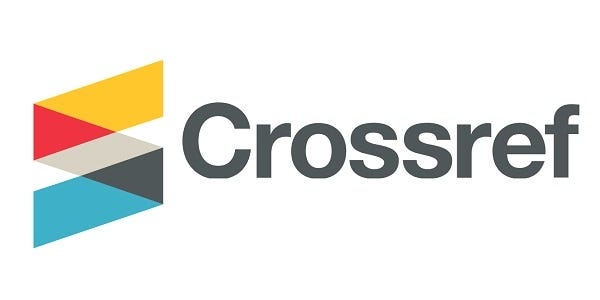Audit Energi Listrik pada Bangunan Gedung SMKN 3 Kuningan
 Abstract views: 131
,
Abstract views: 131
,
 pdf downloads: 316
pdf downloads: 316
Abstract
This research discusses Energy Audit at SMKN 3 Kuningan with the objective of evaluating the energy consumption intensity (IKE) in the buildings of SMKN 3 Kuningan. The methodology applied in this research involves measuring energy consumption through an energy audit and evaluating the measurement results based on IKE. The results obtained from data processing show that the total electrical energy consumption of the SMKN 3 Kuningan buildings is 112,613.11 kWh/year. Electrical energy consumption in air-conditioned rooms accounts for 80% of the total energy consumption, with electrical energy usage of 7,473 kWh/month, while non-air-conditioned rooms account for 20% of the total energy consumption, with an energy usage of 1,854 kWh/month. The calculated IKE value for air-conditioned rooms in SMKN 3 Kuningan buildings is 1.88 kWh/m²/month. Therefore, the air-conditioned rooms of SMKN 3 Kuningan buildings fall into the very efficient category as the IKE value is < 8.5 kWh/m²/month. The calculated IKE value for the non-air-conditioned rooms in SMKN 3 Kuningan buildings is 0.25 kWh/m²/month. Thus, the non-air-conditioned rooms of SMKN 3 Kuningan buildings fall into the very efficient category as the IKE value is < 3.4 kWh/m²/month. Both air-conditioned and non-air-conditioned rooms in the SMKN 3 Kuningan buildings meet the criteria for very efficient energy consumption intensity. Nevertheless, further research on energy saving opportunities can still be conducted to minimize electricity consumption costs at SMKN 3 Kuningan.
References
[2] F. T. Kresnadi, “Evaluasi Penggunaan Listrik dengan Metode Konservasi Energi untuk Efisiensi Energi di Gedung FKIP UNTIRTA,” Energi & Kelistrikan, vol. 12, no. 1, pp. 11–21, Jun. 2020, doi: 10.33322/energi.v12i1.949.
[3] G. Shafyyar Fahmi, Shafyyar Fahmi, and Widianto, “Analisis Audit dan Peningkatan Efisiensi Penggunaan Energi Listrik Pada Sistem Pencahayaan dan Air Conditioning (AC) di,” Seminar Nasional Fortei Regional 7, vol. 4, no. 1, pp. 335–343, 2021.
[4] N. Aulia Shidqi, D. Pravitasari, and H. Teguh Setiawan, “Audit Energi dan Peluang Penghematan Energi dengan Metode ANP-PROMETHEE (Studi Kasus : Trio Plaza Magelang),” Jurnal Ilmiah Multidisiplin, vol. 2, no. 2, 2023.
[5] F. S. Pramesty, D. Suhardi, and Pakaya Ilham, “Audit Energi dan Analisis Penghematan Konsumsi Energi Menggunakan Metode MCDM-PROMETHEE pada Sistem peralatan Listrik di Kantor PT TASPEN (Persero) Cabang Malang,” Seminar Nasional Fortei Reginoal 7, vol. 4, no. 1, pp. 328–334, 2021.
[6] D. Mulyani and D. Hartono, “Pengaruh Efisiensi Energi Listrik pada Sektor Industri dan Komersial terhadap Permintaan Listrik di Indonesia,” Jurnal Ekonomi Kuantitatif Terapan, p. 1, Feb. 2018, doi: 10.24843/JEKT.2018.v11.i01.p01.
Copyright (c) 2024 E-JOINT (Electronica and Electrical Journal Of Innovation Technology)

This work is licensed under a Creative Commons Attribution 4.0 International License.
Authors who publish with this journal agree to the following terms:
- Authors retain copyright and grant the journal right of first publication with the work simultaneously licensed under a Creative Commons Attribution License that allows others to share the work with an acknowledgement of the work's authorship and initial publication in this journal.
- Authors are able to enter into separate, additional contractual arrangements for the non-exclusive distribution of the journal's published version of the work (e.g., post it to an institutional repository or publish it in a book), with an acknowledgement of its initial publication in this journal.
- Authors are permitted and encouraged to post their work online (e.g., in institutional repositories or on their website) prior to and during the submission process, as it can lead to productive exchanges, as well as earlier and greater citation of published work (See The Effect of Open Access).







